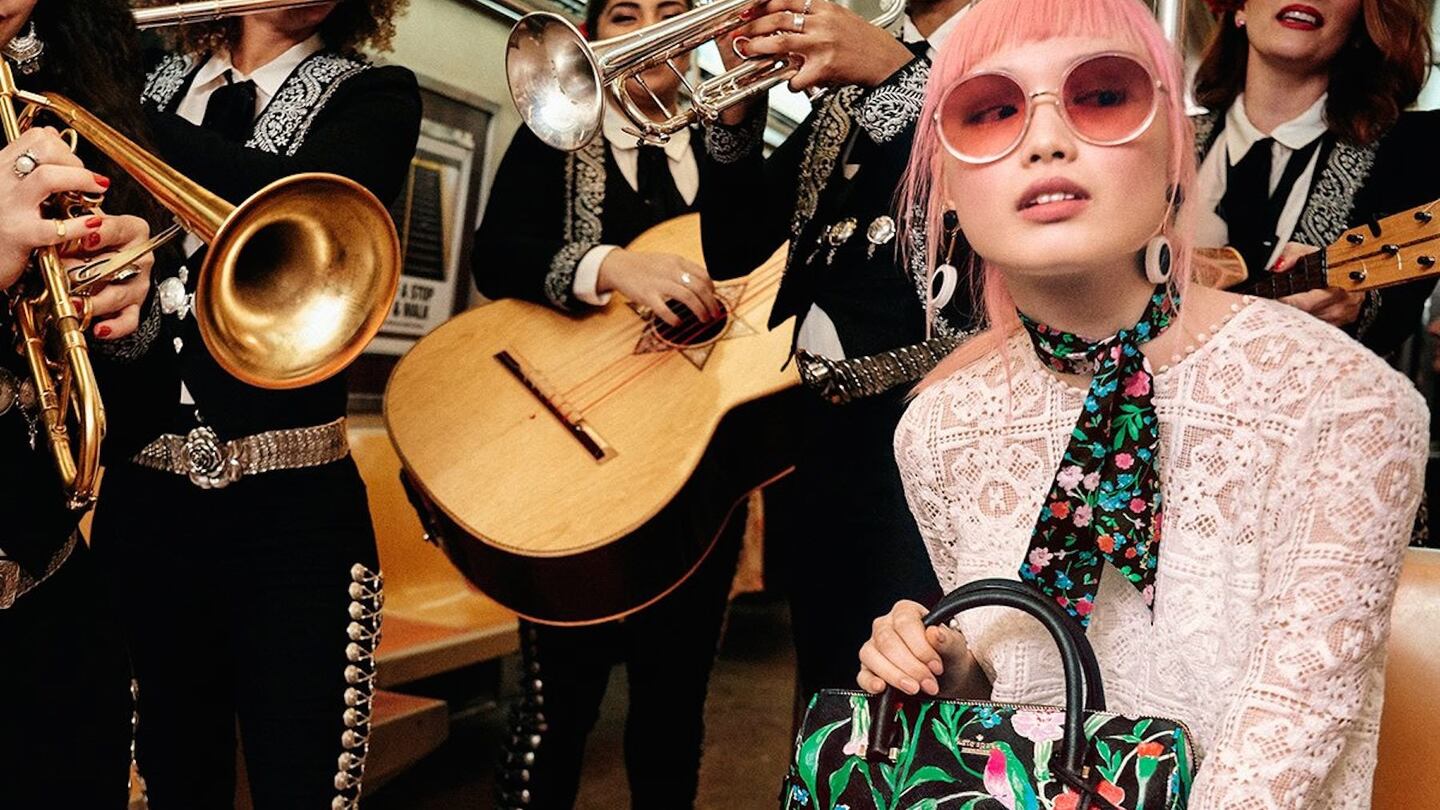
The Business of Fashion
Agenda-setting intelligence, analysis and advice for the global fashion community.

Agenda-setting intelligence, analysis and advice for the global fashion community.

NEW YORK, United States — Tapestry Inc., the handbag maker formerly known as Coach, is getting shoppers back on board with its recovering Kate Spade brand.
The line’s same-store sales, a key metric for the retail industry, surpassed analysts’ expectations in the latest quarter, thanks to the fashion label’s revitalization efforts and a break from the online flash sales that it had become known for. Tapestry’s shares rose as much as 2.6 percent in premarket trading.
Chief Executive Officer Victor Luis is leading Tapestry's turnaround efforts by reorganizing the company as a house of fashion brands, including Coach and Stuart Weitzman. Its handbag labels are trying to recapture their luster after years of heavy discounting and strong competition eroded their status. The Coach and Kate Spade brands have sacrificed short-term results in order to convince customers to pay full price again.
“Fiscal 2019 will be a pivotal year at Kate Spade as we evolve the brand,” Luis said in a statement. “We will focus on global expansion, notably in China where the brand is nascent and we see boundless opportunity.”
ADVERTISEMENT
Same-store sales for the Kate Spade brand fell 3 percent in the quarter, better than estimates for a decline of 7.2 percent. The recovering label, known for its happy-go-lucky style, had been struggling to win back customers after growing too ubiquitous with aggressive flash sales. At Tapestry’s Coach brand, its biggest business, same-store sales rose 2 percent, just shy of analysts’ estimates of a 2.3 percent gain.
Designer Kate Valentine, better known as Kate Spade, had sold the business long before she died in June, though analysts said news of her untimely passing may have still boosted sales of the brand bearing her name.
Excluding some items, Tapestry’s profit amounted to 60 cents a share, compared with projections of 57 cents. Revenue for the quarter was $1.48 billion, just beating the average estimate of $1.47 billion.
The stock has risen 7.3 percent this year through Monday’s close.
In 2020, like many companies, the $50 billion yoga apparel brand created a new department to improve internal diversity and inclusion, and to create a more equitable playing field for minorities. In interviews with BoF, 14 current and former employees said things only got worse.
For fashion’s private market investors, deal-making may provide less-than-ideal returns and raise questions about the long-term value creation opportunities across parts of the fashion industry, reports The State of Fashion 2024.
A blockbuster public listing should clear the way for other brands to try their luck. That, plus LVMH results and what else to watch for in the coming week.
L Catterton, the private-equity firm with close ties to LVMH and Bernard Arnault that’s preparing to take Birkenstock public, has become an investment giant in the consumer-goods space, with stakes in companies selling everything from fashion to pet food to tacos.